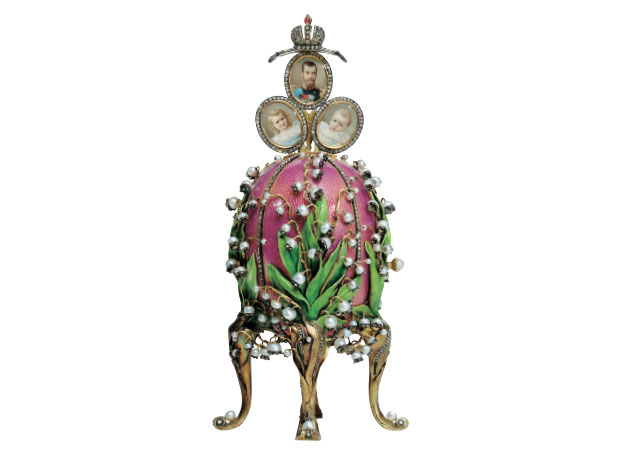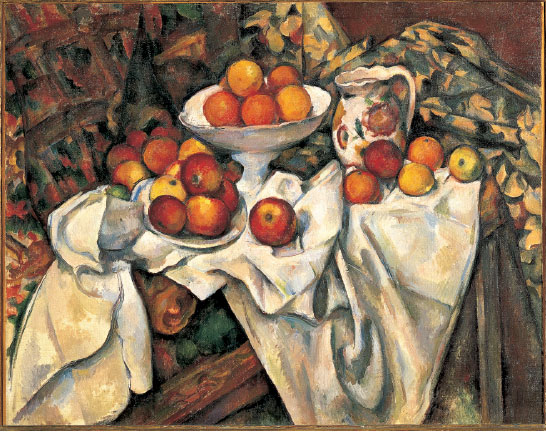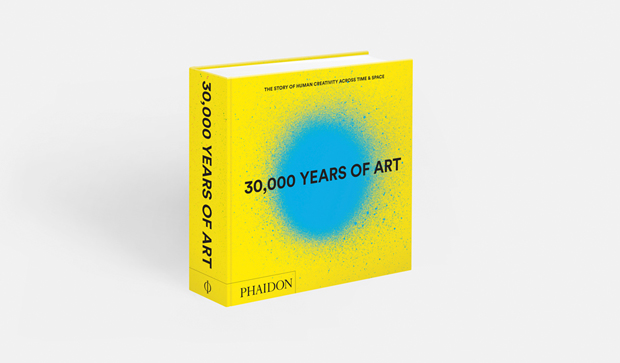
The death of a Tsar and the birth of modernism
Two contemporaneous artworks reveal two very different histories, as outlined in 30,000 Years of Art
30,000 Years Of Art is a unique history - as its subtitle implies, it is a story that takes place across both time and space, juxtaposing key events in the history of art so that you can see what was being produced simultaneously across the globe.
This makes for some fascinating, at times ironic cross-comparisons. And so, opening the book at the years 1897-1898, we see Cézanne’s Apples And Oranges placed on the opposing page to Peter Carl Fabergé’s Lilies Of The Valley Egg. These aren’t just contrasting works but also represent two very different historical undercurrents, one a harbinger of the future, the other of an ill-fated aristocratic lineage.
Apples And Oranges is pretty basic in its still-life subject matter - bowls of fruit nestled on a crumpled cloth on a table. The real business is in the multiple viewpoints it affords, with each object given its own lighting. Although the brightness of the fruit is a standout feature, this is an exercise in form and composition rather than traditional, faithful representation and as such is a precursor to Picasso and the Cubist revolution, which would mark the beginning of 20th century modernity in art.

Lilies Of The Valley Egg, meanwhile, is an exquisite piece of Art Nouveau, its diamond and ruby-set imperial crown covered with green enamelled leaves. A pearl knob, meanwhile, activates a mechanism that reveals portraits of Tsar Nicholas II and his two eldest daughters. The Empress kept this object in the Winter Palace in St Petersburg. Voluptuous and beautiful as this piece is, it also inadvertently represents the hubristic excess of the Russian monarchy; it was just a matter of time before the Winter Palace was stormed by revolutionaries, and the Tsar and his family put to death.

We hope you have enjoyed this brief look at our new book. You can find out more about 30,000 Years of Art here, and pre-order your copy here.